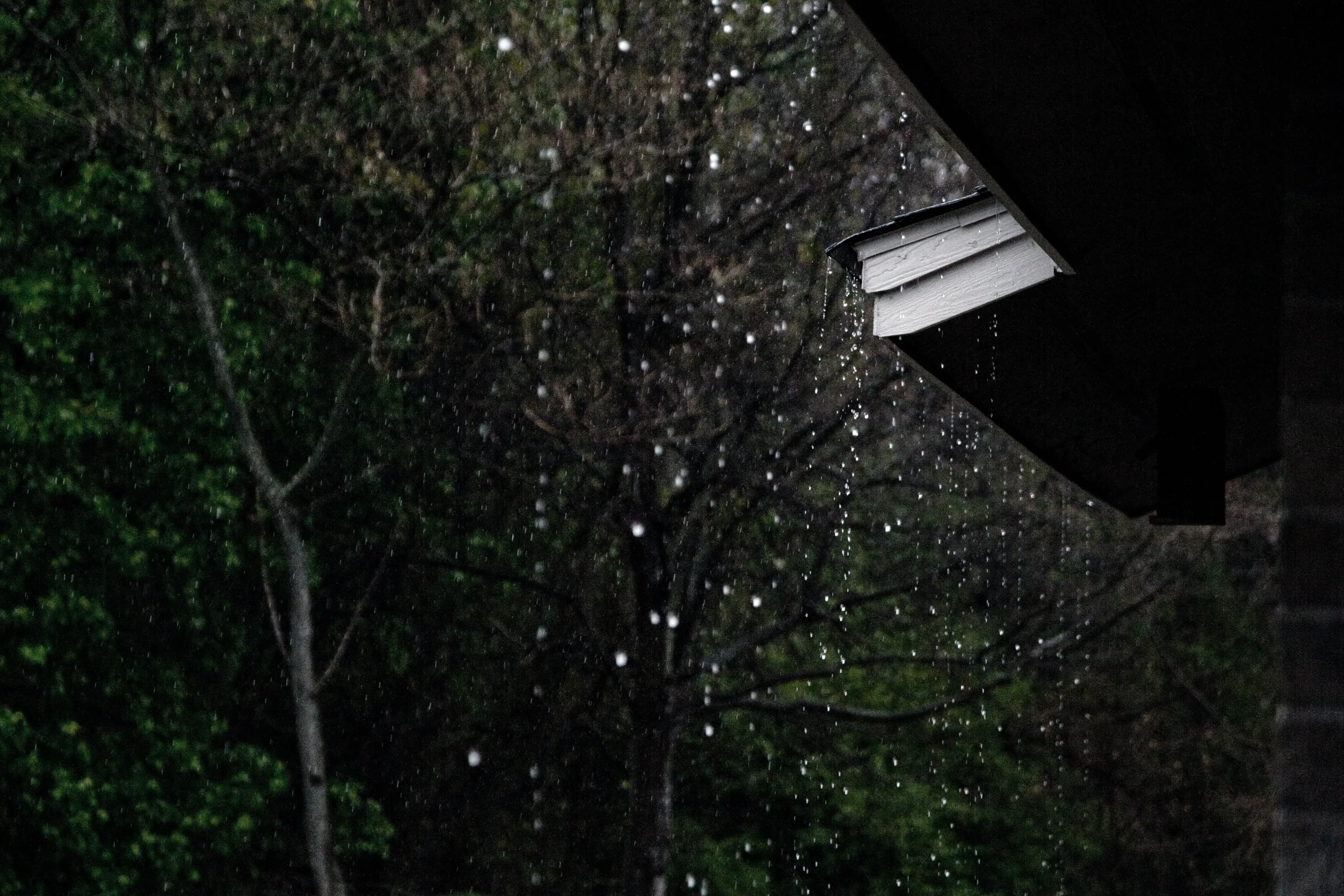Did you know that the temperature in your home or office can contribute to mold growth? How exactly does temperature affect mold growth? In this article, we will explore this question and offer advice on how to keep your home at a comfortable temperature while limiting mold growth.
Most people know that excess moisture can cause mold growth. A less commonly known contributor is the temperature of surfaces in your home or office. Indoor temperatures are generally kept between 60-80 degrees F. Unfortunately, this is also the temperature that many types of mold prefer and thrive in. Don’t worry—you do not need to live in an igloo or sauna. You can still keep your home or office at a comfortable temperature while reducing the chances of mold growth.
How Does Temperature Affect Mold?
The first step is to understand how temperature affects mold growth. If the temperature is too cold, mold can not grow and thrive. In extremely cold temperatures mold will lay dormant but will not necessarily die. The same is true for extremely hot temperatures. Most molds thrive in temperatures that are between 60-80 degrees F. Does that mean you need to keep your home or office above or below those ranges to keep mold from growing? Not necessarily. Mold generally needs three things to grow:
- An Organic Surface
- Moisture
- Optimal temperature
Eliminating or reducing any of these factors can help prevent mold growth in your home or office.
Reducing Mold Growth
Organic surfaces in your home or office include insulation, sheetrock, carpet, and even furniture to name a few. Eliminating organic surfaces in your home or office is probably not desirable or possible, but you can reduce the moisture and control the temperature.
You can reduce moisture in your home by:
- Keeping humidity levels no higher than 50%
- Directing vents to flow outside
- Cleaning your roof gutters regularly
- Reducing moisture in your bathroom
- Cleaning your bathroom with mold-killing products
- Fixing any leaks in your home immediately
- Acting quickly in the event of a flood (if wet or damp areas can be dried within 48 hours, they usually will not mold)
Surface Area Temperatures
Now that you know how to reduce moisture in your home, you may be wondering what you can do about temperature as a contributing factor for mold growth. With mold growth the temperature of surface areas is more important than the air temperature. Oftentimes the air and surface temperatures can differ.
The North Carolina Health Department offers some good insight into why this may be true:
“Mold growth can occur in buildings where the cooling systems are oversized, undersized or poorly maintained. Unplanned air flow in buildings can also create conditions favorable to mold growth…In the winter, when buildings are heated, mold often grows in cold, uninsulated exterior windows and walls, including uninsulated closets along exterior walls where building surfaces are generally cold relative to the indoor air temperature.”
According to the EPA, the best way to address this issue is by increasing the temperature of surface areas. How do you increase the surface temperature areas without turning up the thermostat? This can be done by improving the effectiveness of the air circulation in your home or office and by reducing heat loss from by adding insulation or by closing cracks in exterior walls. You can improve the airflow in your home by making sure furniture is away from the walls and the tops of shelves and closets are clear. You can also call a heating and cooling specialist to help improve the air circulation of your heating or air conditioning unit.
In short, even in the winter months, given the right conditions, mold can grow and thrive. Indoor mold can cause serious damage to buildings as well as to your health. If you notice a musty smell in your home or office or are having any health symptoms of mold exposure it is important to address the problem as soon as possible by calling our mold-removal experts.
Give us a Call
If there is any mold in your home, it’s always best to call a professional. At MoldGone MC, we offer a safe minimal demolition process to remove mold from your Phoenix Valley home or business. Contact us today to schedule a free mold inspection and let our experts help get your home or office back to a healthy place.
Image used under Adobe free stock standard license – commercial use (2/27/2021) Rawpixel.com (Adobe)



